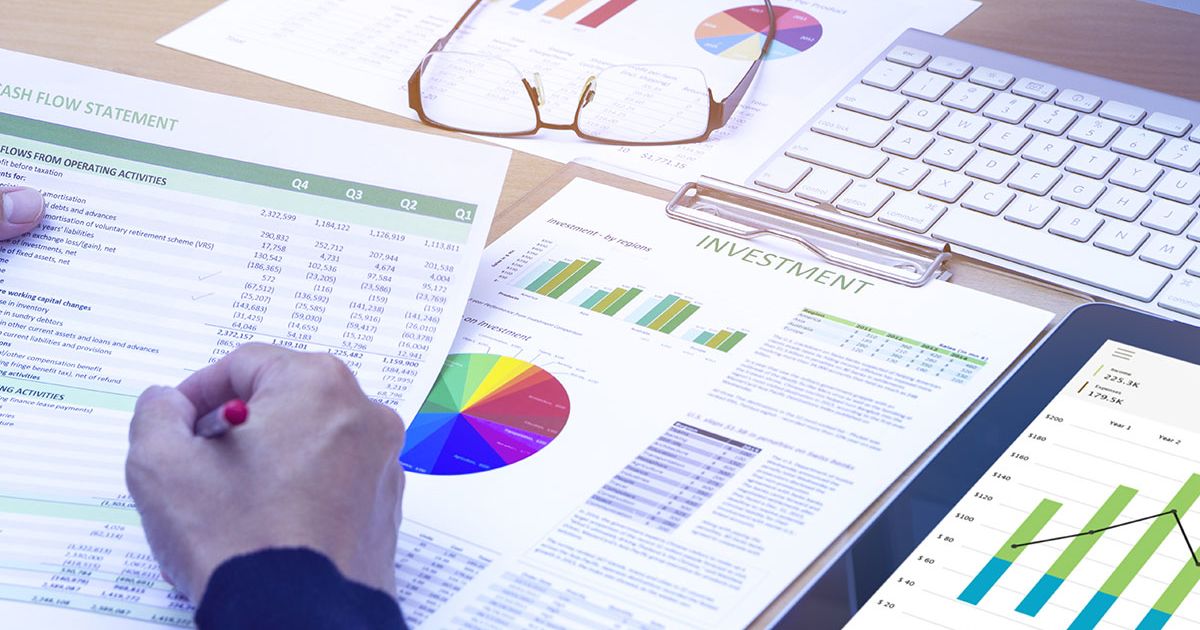The phrase "cash flow" describes a business's net inflow and outflow of currency. Inflows are defined as cash received, while outflows are designated money spent.
The capacity of a firm to produce positive cash flow is a critical factor in determining the company's potential to create value for shareholders.
FCF is the cash flow remaining after a corporation deducts the cost of capital investments from its typical operating cash flow.
Comprehending The Flow of Cash

A company's cash flow is the net amount of money it receives and spends during a specific period. Revenues are a company's earnings, while Expenses are the costs incurred in running the business.
They may also sell things on credit and wait to collect the money until a later date, as well as earn money through interest.
One of the primary goals of financial reporting is to evaluate cash flows, including their sources, destinations, quantities, timing, and uncertainty. This information is crucial to assess the financial health, adaptability, and growth prospects of a business.
Varieties of Financial Resources

Operating Cash Flows
The term "cash flow from operations," also known as "operating cash flow," is used to describe the monetary flows caused by the manufacturing and selling of items in a business. The Chief Financial Officer (CFO) reports on whether or not the firm has the sufficient cash flow to cover its current obligations.
For a business to survive over the long term, it has to generate more money from operations than it spends. To determine operating cash flow, one must first add cash received from sales and deduct some money spent using expenditures for the time.
Capital Gains and Losses
Investing cash flow, also known as financing cash flow, reflects the amount of money a company generates or expends through its investment activities over a specific period. This can include actions like speculative asset purchases, portfolio investments, and the sales of assets.
It's important to note that a negative cash flow from investing activities isn't necessarily a cause for concern. Often, it indicates that a company is investing in its long-term growth and health. For instance, substantial capital might be allocated to research and development (R&D) efforts, which may not yield immediate returns but are crucial for future innovation and competitiveness. This type of spending is viewed as an investment in the company's future rather than a loss.
Funding Cash Flows
Financing cash flow, also known as cash flow from financing, is a measure of the net inflows and outflows of cash for funding and capitalizing a business. Debt issuance, stock sales, and dividend distributions are all examples of financing acts.
The health of a company's capital structure and the stability of its cash flow may be gauged by looking at the cash it generates through its financing operations.
Money Flow vs. Profitability
Cash flow is different from profit, despite popular belief. As a result of their superficial similarity, it is not unusual for people to mix these two concepts. Don't forget that cash flow describes a company's inflow and outflow of money.
On the other hand, the term "profit" refers to the money that a business produces. This is the sum that remains after a business has met all of its financial commitments. A company's profit is the amount of money that remains; after all, operating costs have been deducted from total sales.
Cash Flow Analysis: A Step-by-Step Guide
When combined with other financial accounts, the cash flow statement provides analysts and investors with various indicators and ratios to draw conclusions and make suggestions.
The Ratio of Debt Payments To Interest Payments
Profit alone doesn't guarantee a company's financial health if its operations aren't generating sufficient cash flow to sustain the business. Situations like delinquent accounts receivable (AR), excess inventory, or excessive capital expenditures can tie up profits, making them unavailable for essential operations.
Consequently, shareholders and creditors are keenly interested in the company's cash and cash equivalents (CCE) because these resources indicate whether the company can cover its current debts. To evaluate this capability, the Debt Service Coverage Ratio (DSCR) is used. DSCR is a crucial financial metric that measures a company's ability to service its current liabilities with the cash flow generated from its operations. This ratio provides a clear view of the financial viability and creditworthiness of a business by showing how many times over a company can cover its debt obligations with its operating income.
Positive Cash Flow
Free cash flow (FCF) is one metric used by analysts to determine a company's true profitability. After all other expenses have been deducted, such as dividends, stock buybacks, and interest payments, free cash flow (FCF) reveals how much money is left over to invest in growing the firm or returning to shareholders.
The Verdict
The term "cash flow" describes the influx and expenditure of cash. If the cash flow is positive that implies more money is coming in, whereas if it's negative, that means more money is going out. The latter isn't always a bad sign since it might indicate that your funds are being put toward expansion. However, you won't have any savings if you’re spending gets out of hand, and you may miss payments to creditors.




